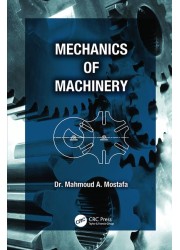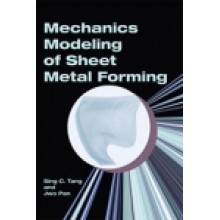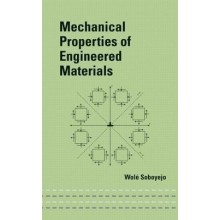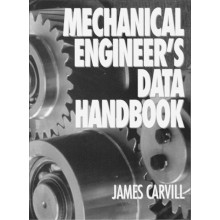Mechanics of Machinery
Our Price: £42.99
Discount : 9%
Quantity:
-
Add to Compare
Features
• Describes the analytical analysis for various mechanisms, including the development of cam contours
• Presents the author’s own method for analytical use, instead of the Coriolis method that is often difficult for students to grasp
• Contains more than 400 illustrations
• Includes graphical interface software developed by the author
• Offers a solutions manual with qualifying course adoption
Table of Contents
Mechanisms
Definitions
Degrees of Freedom of Planar Mechanisms
Four-Revolute-Pairs Chains
Single-Slider Chain
Double-Slider Mechanisms
Mechanisms with Higher Pairs
Compound Mechanisms
Special Mechanisms
Analytical Position Analysis of Mechanisms
Velocities and Accelerations
Absolute Plane Motion of a Particle
Relative Motion
Applications to Common Links
Analysis of Mechanisms: Graphical Method
Method of Instantaneous Centers for Determining the Velocities
Analytical Analysis
Cams
Introduction
Types of Cams
Modes of Input/Output Motion
Follower Configurations
Classes of Cams
Spur Gears
Introduction
Gear Classification
Gear-Tooth Action
Terminology for Spur Gears
Engagement Action
Internal Gears
The Cycloidal System
Helical, Worm, and Bevel Gears
Introduction
Parallel Helical Gears
Crossed Helical Gears
Worm Gearing
Bevel Gears
Gear Trains
Introduction
Ordinary Gear Trains
Epicyclic or Planetary Gear Trains
Gear Train Design
Braking Torque
Force Analysis
Introduction
Static Force Analysis
Friction Force Analysis
Dynamic Force Analysis
Analytical Force Analysis
Torque Diagram and Flywheels
Force Analysis in Cams
Appendix
Balancing
Introduction
Balancing of Rotating Parts
Balancing of Reciprocating Parts
In-Place Balancing
Bibliography
Index
Write a review
Your Name:Your Review: Note: HTML is not translated!
Rating: Bad Good
Enter the code in the box below:
Copyright © 2014 Engineering Standards Bureau. All Rights Reserved.
Developed By Zoom Into Web








